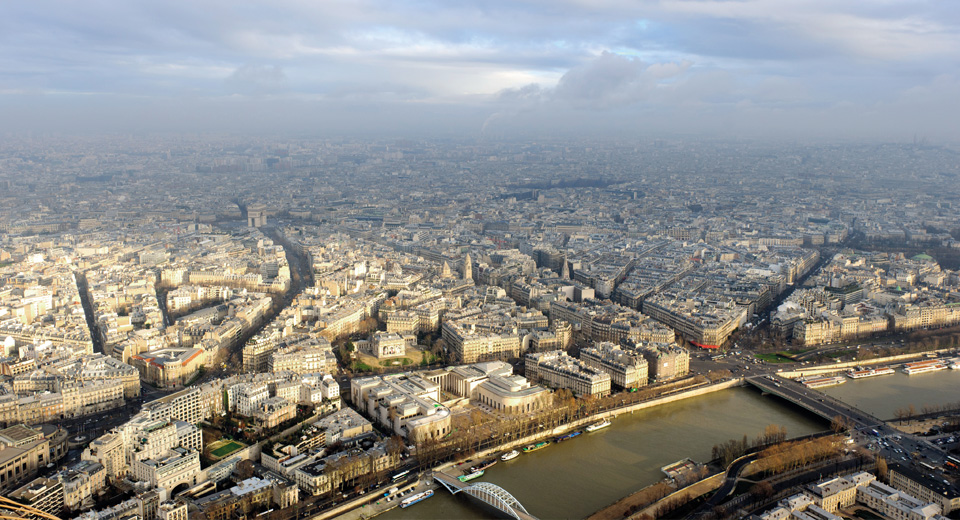
The noise generated by human activity and traffic are the main noise sources in cities. The sound levels near building facades are regulated, and, to develop a high-quality urban environment, general acoustic analysis is required. For this purpose, the CSTB uses an auralization technology to re-create the sound impacts of development projects. In 2014, this expertise was used to assist the Conseil Général du Nord (General Council of the North).
Assessing the sound impact of projects
In 2014, the CSTB assisted the Conseil Général du Nord in its project to double the RD700 road from two to four lanes. For this project, the CSTB used detailed sound source and acoustic propagation reconstruction models integrated into the MithraSON software package. As a result, it was possible to simulate the sound impact of varying designs of the road by including traffic-generated noise. The CSTB then linked MithraSON with the eveCity urban digital model to present the findings of this survey to the General Council. Each project stakeholder was able to move to different points on a noise map and assess the soundscape at each location. The immersive experience made possible by the virtual project gave the Conseil Général du Nord everything it needed to reach an informed decision about its plan to widen the road.
Urban sound pathways
In 2015, the CSTB continued its research on recreating new sound sources from tramways and two-wheeled vehicles. The results will be incorporated into MithraSON. To go even further, the CSTB is working with its partners in the UrbaSON project, thanks to joint funding from ADEME. The goal is to offer a unique experience of urban sound pathways so that listeners can immerse themselves in the virtual world of a pedestrian or cyclist moving around the city and listen to the soundscape of the journey. The noise generated by the many parts of the city (moving traffic, building facilities, sonic street furniture, human activity, fountains, etc) will be included. The findings of this research will enable architects and acoustic engineers to work together in the design phase to ensure the sustainable development of the urban soundscape.

 Health & Comfort
Health & Comfort